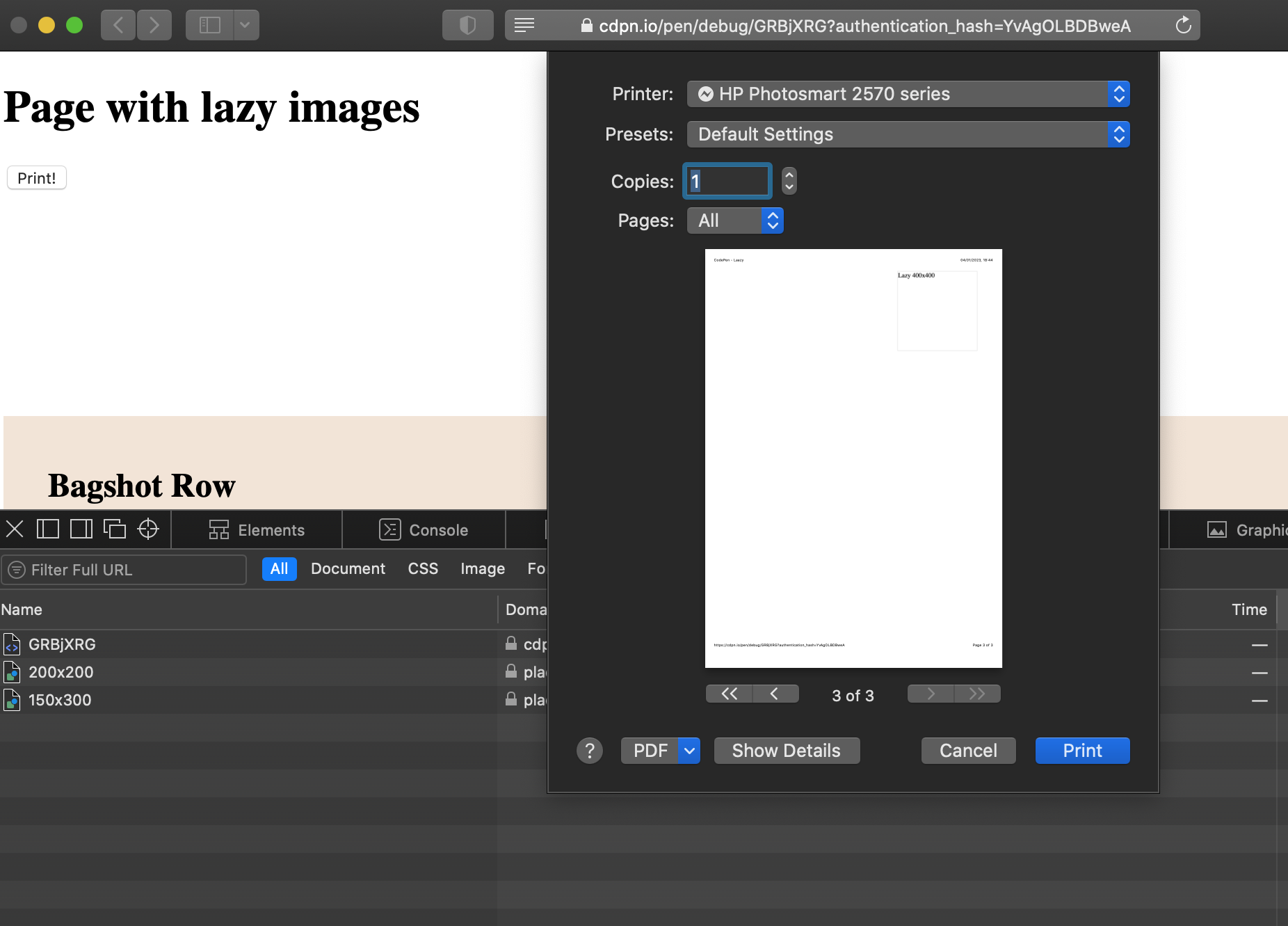[This is a placeholder card]
After the success of https://blog.wikimedia.org/2016/09/19/mobile-web-improvements/ we should explore making the same changes in core (feature flagged of course) as the savings to be had are equally big (if not larger - there is an opportunity to save the cost of running Wikipedia if the bytes savings are significant).
Most of the code can easily be upstreamed with the exception of the MobileFormatter logic which would now be able to run in the parser.
Blocked on upstreams:

